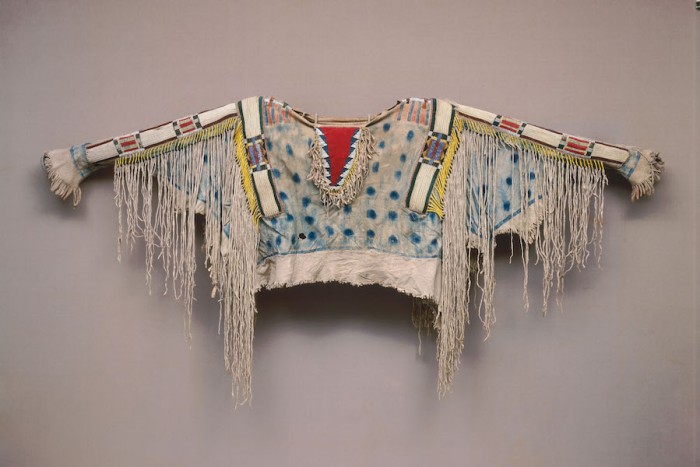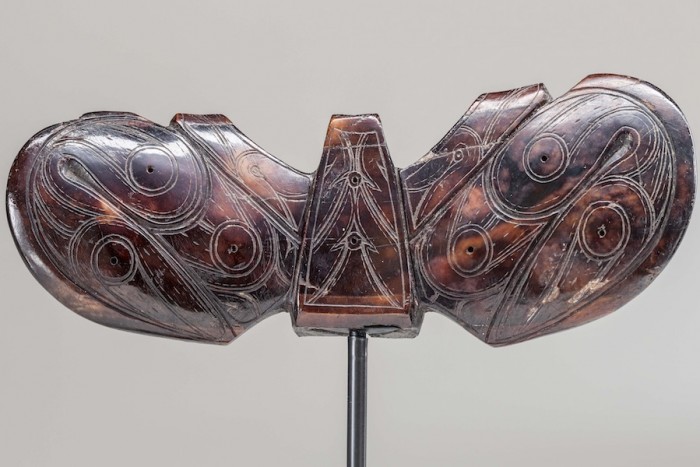
While the Pacific Northwest has a thriving community of Native American artists and artisans from local tribes, a visiting exhibit at the Seattle Art Museum offers a glimpse of the diversity of art and culture of tribes throughout North America.
“Indigenous Beauty: Masterworks of American Indian Art from the Diker Collection” showcases more than 2,000 years of American Indian art, from artifacts more than 1,000-years-old to pieces by artists working today.
The pieces from Charles and Valerie Diker’s collection features art from American Indian tribes from seven different regions across North America, including areas near the Columbia River. The regions are distinct, even within modern-day Washington state: Western Washington is part of the Northwest Coast region while central and eastern Washington are part of the Plateau and Plains region.

Along with the “Indigenous Beauty” exhibition, the Seattle Art Museum is featuring Seattle Collects Northwest Coast Native Art. “Seattle Collects” brings together a number of local private collections, providing a specific look into the history and culture of Pacific Northwest tribes.
Seattle Art Museum curator Barbara Brotherton said SAM has indigenous artwork as part of its permanent collection., but said the exhibits give visitors a chance to experience pieces from outside the Pacific Northwest.
“This is a rare chance to see art and culture from outside of our region,” she said, “There aren’t a lot of resources in our region on material outside of our area.”
![Julian Scott ledger, Artist B (Ka’igwu Kiowa]) Kiowa and Comanche Indian Reservation, Oklahoma, Twelve High-Ranking Kiowa Men, ca. 1880 Pencil, colored pencil, and ink on paper, 7 1/2 × 12 in., Diker no. 059 LD Courtesy of American Federation of Arts](http://www.seattleglobalist.com/wp-content/uploads/2015/02/12_Twelve-High-Ranking-Kiowa-Men-700x467.jpg)
Brotherton highlighted the importance of these artifacts to indigenous people today.
“Really engaging with these pieces is good for all of us,” she said “We can appreciate the beauty and stories of these old pieces but they still have a place in our lives today as well as our history.”
In the 2,000-year history provided in the exhibition, the adaption and changes of American Indian culture are demonstrated within the art itself. In a time of colonization, artists used the new materials available to them in order to create new and unique artwork that maintained their culture and traditions.
The exhibition runs from through May 17 and tickets are available here.

